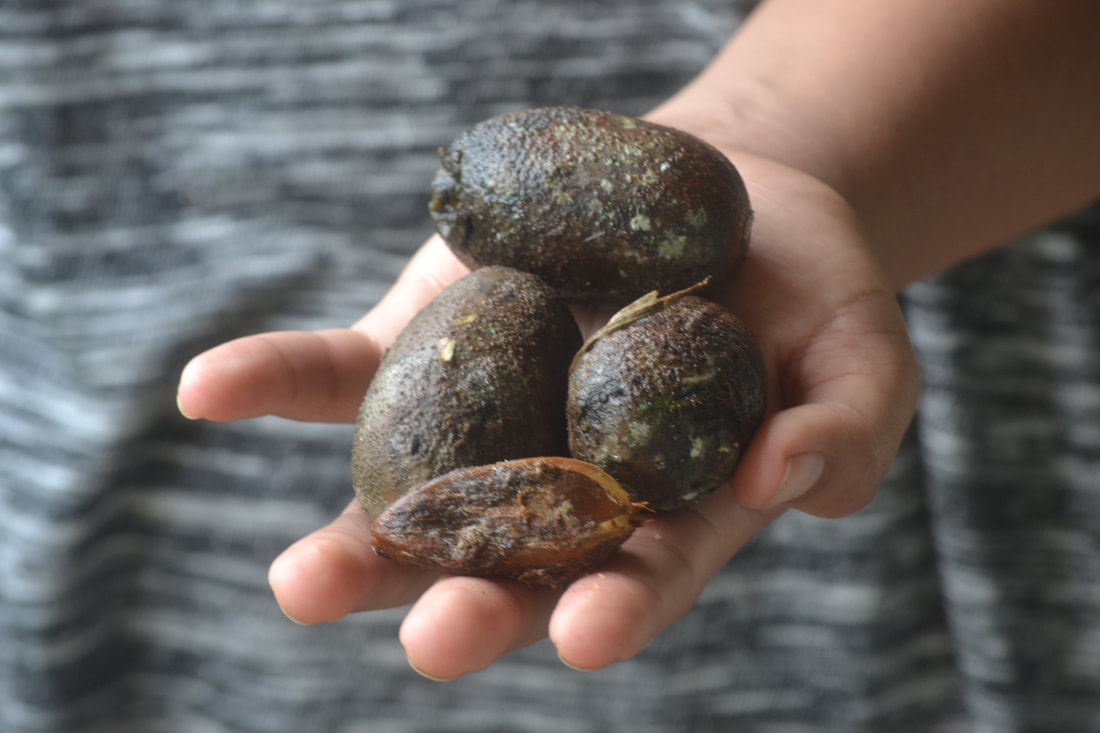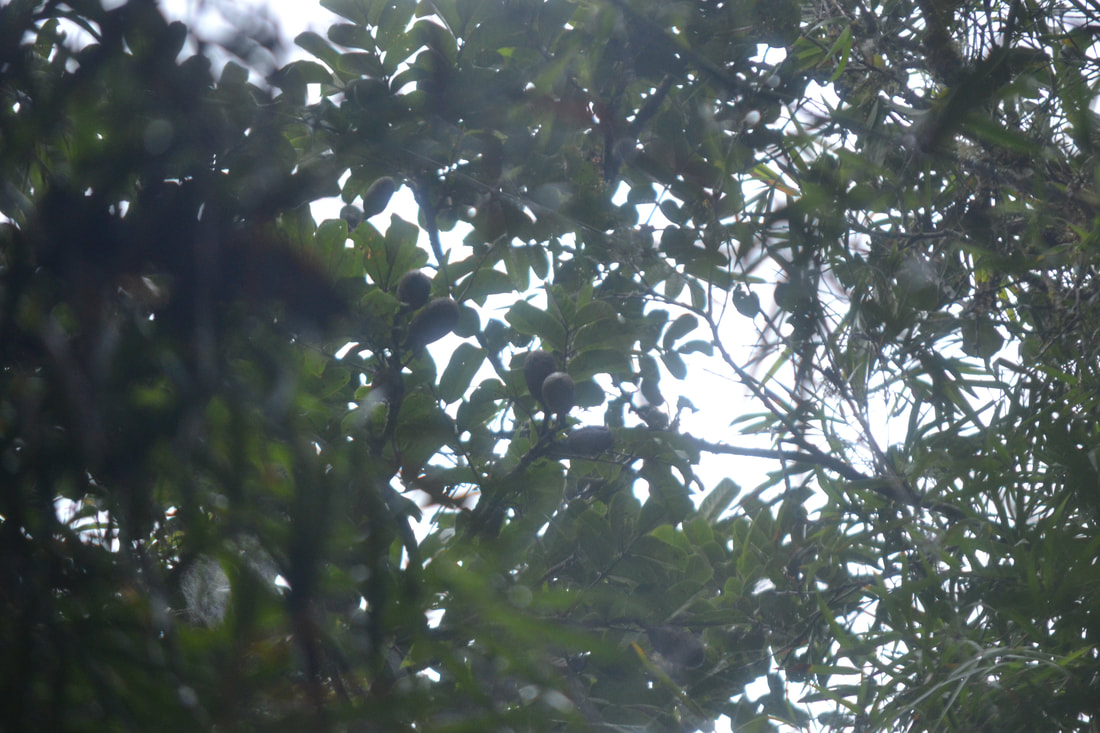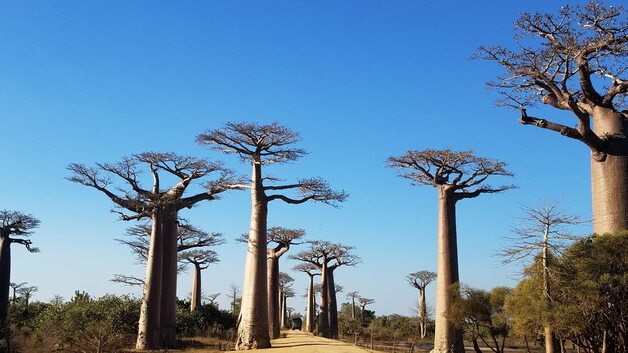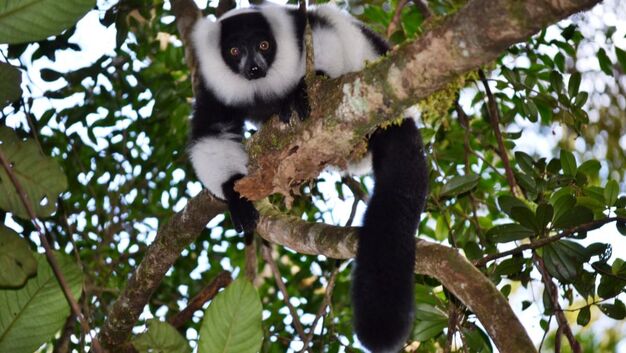Dispersal mechanism of orphan plantsMany plant species have traits adapted for seed dispersal by animals, a critical process for their continued persistence. Unfortunately, many large-bodied frugivores are currently extinct or have significantly decreased in population, making some large-seeded plant species as "orphans" (i.e., lacking extant seed dispersers), However, despite the absence of their dispersers, some populations of orphan species are still able to persist even within a restricted range. This raises the following questions: what mechanism allows their persistence? are they doomed to extinction? We strive to address these by testing several hypothesized dispersal alternatives for large-seeded tree species with no primary dispersers, including dispersal by winds and runoff associated with strong cyclones and secondary dispersal by ground-dwelling animals that may compensate for the lost function of primary dispersers.
Onja Razafindratsima was recently awarded a National Geographic Society Exploration grant to conduct a research testing some of these hypotheses with Canarium sp., large-seeded canopy trees in Malagasy rainforests with no dispersers in some part of Madagascar. Collaborator Seheno Andriantsaralaza and Razafindratsima are also investigating the dispersal mechanism of Madagascar's iconic baobab trees, which have traits associated for dispersal by extinct animals. A project supported by an Explorers Club Discovery Expedition Grant and an USAID PEER funding. Learn more about this project here. |





